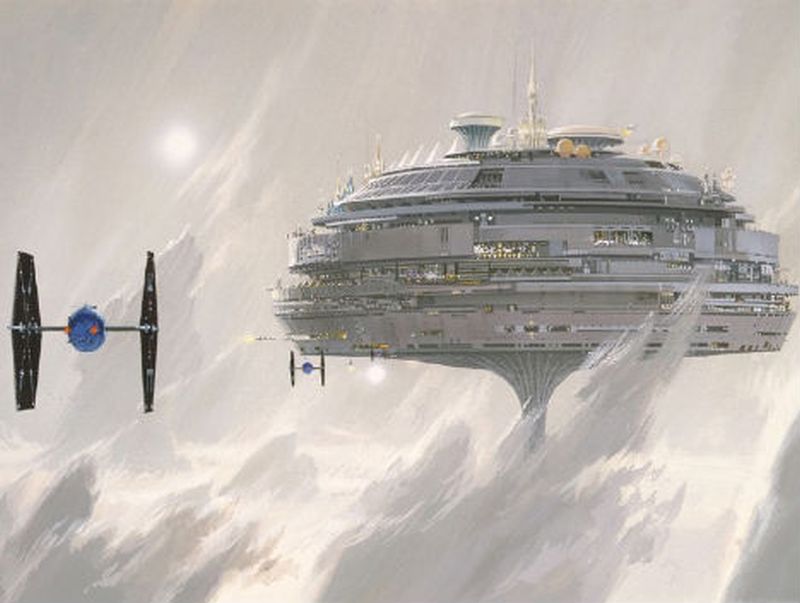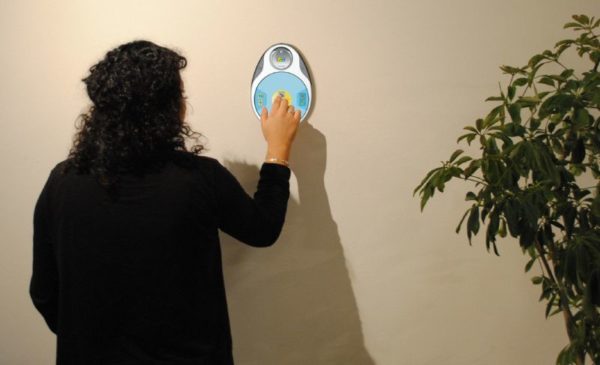Pondering about the future is fascinating. By most counts there are about two to three major cities in almost every country on the planet today. Major city is the city where the majority of people from around congregate to live and work. It is also called as a metropolis. In 2014, around 54% of human population lived in a major city and by 2050 this number is going to increase to 66%. Everyone dreams of coming to the big city. It offers a better faster paced quality of life, not to mention better job opportunities and a variety of choices in lifestyle. So what will the future megapolis look like? It is a fascinating subject for everyone from sociologists to anthropologists and engineers. Read on.
A need to adapt; or perish

Envisioning the future isn’t just about a quest to be creative and bold, it is a necessity. The population of our species has increased exponentially and this has put a strain on all kinds of resources, and nowhere are these problems as evident as in major cities across the world. Heavy traffic, intense smog, water and air pollution- these are just some major issues that need to be resolved if we are to have a future. Add to this other factors like land and food shortage and it is clear we need to change by way of planning a future and not just going with the flow like we have thus far.
Go green

The green initiative is already at full flow, even now in 2017, and this effort will only garner more approval with each passing year. Cities of the future will make sure there will be an even balance between nature and infrastructure. Cities like San Francisco and Shanghai have already decided to take a massive interest in going green by way of ditching fossil fuels and growing plants on a large scale. Expect future cities to have bio domes and greenhouse infrastructure beside shopping malls and airport terminals.
Another example of the green initiative already in action today is green vehicles. Electric vehicles will be everywhere in the cities of the future. Expect to find self-driving cars and buses, separate exhaustive bicycle paths and charging pods at every nook and corner. There are even concepts like the Aero- Train which is the hybrid of a train and an aeroplane.
Sustainability

Sustainability is another department where we are already making progress. Even in future, it’ll be of prime significance. Renewable energy sources like solar panels will feature heavily in the future. It is a well known fact for example that the sun is an energy powerhouse and we barely utilize any of its energy. As technology progresses we might develop the means to utilize all the energy in a cost effective manner which will be cost efficient and help the environment.
Concepts like vertical farming are also being introduced now, which should be a daily sight in the cities of tomorrow. Vertical farming is growing organic food in massive panels vertically which helps with land shortage issues.
In the realms of science fiction

Of course envisioning the future has a lot to do with dreaming and dreaming often takes one into the realms of fiction- or science fiction in particular. All futuristic design are firmly based on the ideas of science fiction literature and cinema. There have been ideas and sketches of cities underwater or even floating in the sky! Is this possible? Who knows, but we can all dream, and dreams eventually become reality. Shimizu Corp. of Tokyo, Japan is a firm believer in the concept of underwater cities becoming a reality in as soon as the next 15 years (they bet it to happen by the year 2030), and are even developing designs of the concept. Underwater cities are possible by the laws of physics, so it isn’t entirely inconceivable.
Exciting times

Regardless of what the future actually holds, these are great times to be alive and dream. The mega metropolis of 2050 will be something special and awe inspiring. But then, that is how civilization progresses. No one in 1930 could possible envision the cities we live in today. It shouldn’t come as a surprise if we are zipping across in our own flying cars in 2050.



